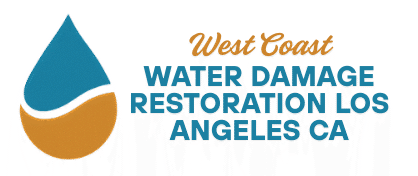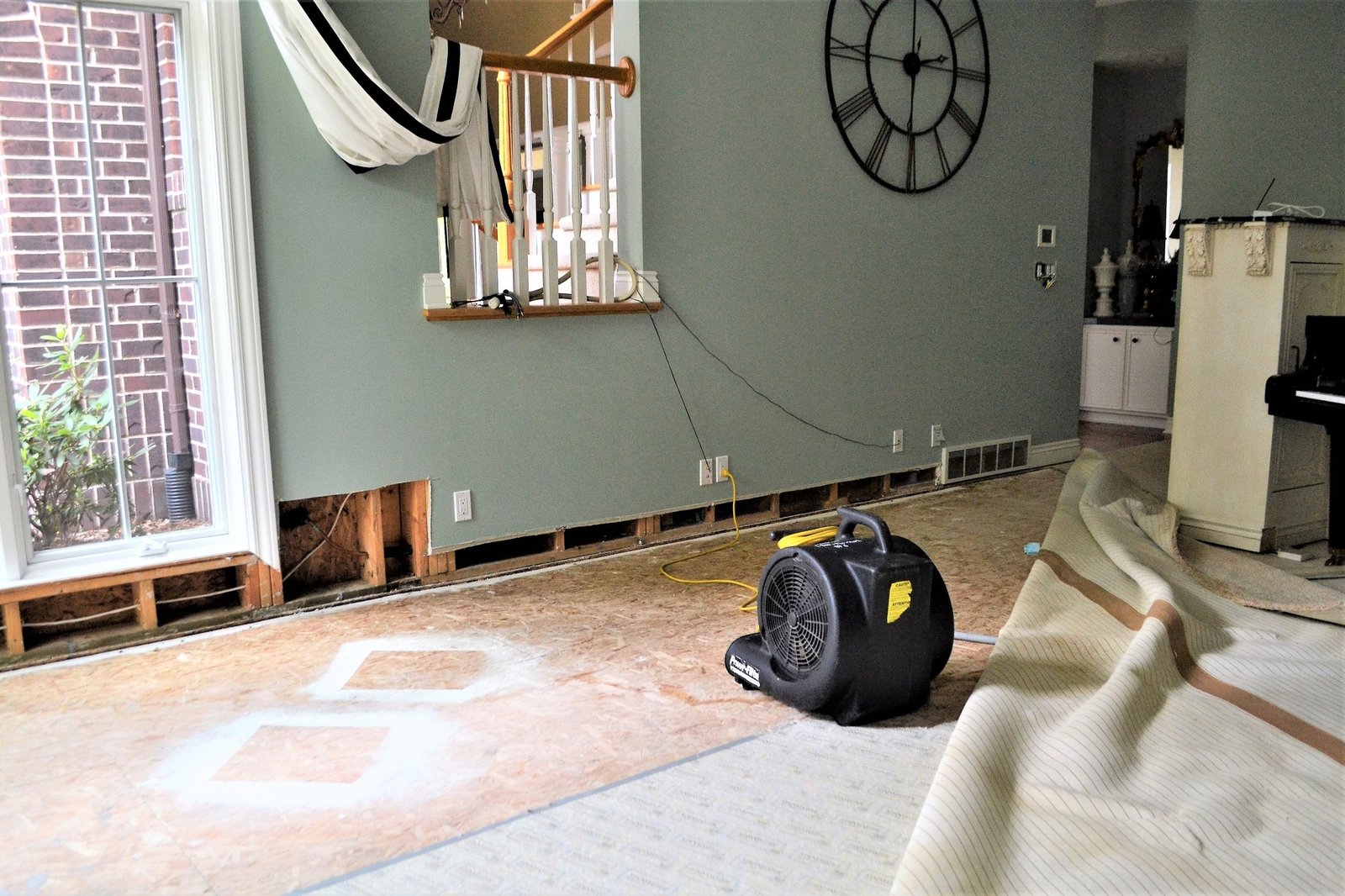When water enters a property unexpectedly, it can cause significant issues. This type of damage can come from various sources, such as heavy rain, burst pipes, or overflowing appliances. Acting quickly to manage the water is important to prevent further problems.
Understanding Flood Damage
Water can impact a building in many ways. It can soak into floors, walls, and furniture, leading to structural concerns if not addressed promptly. Moisture can also encourage the growth of mold and mildew, which can affect indoor air quality. Different types of water, such as clean water from a broken pipe or contaminated water from a sewage backup, require different handling methods. Identifying the source and type of water is a critical first step.
Types of Water Damage
- Clean Water: This comes from a sanitary source, like a leaky faucet or a burst water supply line. While initially clean, it can become contaminated if not removed quickly.
- Gray Water: This water may contain some contaminants and could cause illness if consumed. It might come from a washing machine overflow or a toilet without solid waste.
- Black Water: This category includes highly contaminated water, often from sewage or natural floodwaters, which can contain harmful bacteria and viruses. It poses significant health risks.
The Cleanup Process
A structured approach is used to address water damage effectively. This process aims to remove water, dry the affected areas, and restore the property to its previous condition.
Initial Assessment
The first step involves a thorough inspection of the affected area. Professionals will identify the source of the water, determine the extent of the damage, and classify the type of water involved. This assessment helps create a plan for the cleanup and restoration work. Safety hazards, such as electrical risks or weakened structures, are also identified at this stage.
Water Extraction
Once the assessment is complete, the standing water is removed. Powerful pumps and wet vacuums are used to extract as much water as possible from floors, carpets, and other surfaces. Removing water quickly is essential to stop it from spreading and causing more damage.
Drying and Dehumidification
After water extraction, the focus shifts to drying out the property. Specialized equipment like air movers and industrial dehumidifiers are brought in. These machines help circulate air and remove moisture from the air and materials. Proper drying prevents secondary damage, such as warping of wood or the growth of mold. Monitoring moisture levels in walls and floors is a key part of this stage.
Cleaning and Sanitizing
Any areas affected by water, especially contaminated water, are thoroughly cleaned and sanitized. This step involves using antimicrobial treatments to prevent the growth of bacteria, fungi, and mold. Contents that can be salvaged, like furniture or personal items, are also cleaned and disinfected. Odor removal is often part of this process to ensure the property smells fresh and clean.
Restoration Steps
The final stage involves restoring the property to its pre-damage condition. This can range from minor repairs, like replacing drywall or repainting, to more extensive reconstruction. Flooring might be reinstalled, and damaged structural elements can be repaired or replaced. The goal is to make the property safe and comfortable again.
Why Professional Help is Important
Addressing flood damage requires specialized knowledge and equipment. Professionals have the tools and training to handle all aspects of the cleanup process safely and efficiently. Their expertise ensures that the job is done correctly, helping to prevent long-term issues like mold growth or structural damage. For reliable Flood Damage Cleanup in Calabasas CA, engaging experienced services is a wise choice. They can guide property owners through the complex process, offering peace of mind during a challenging time.





